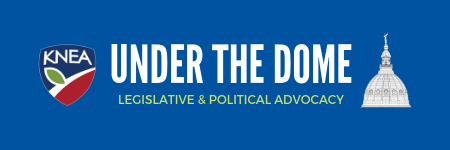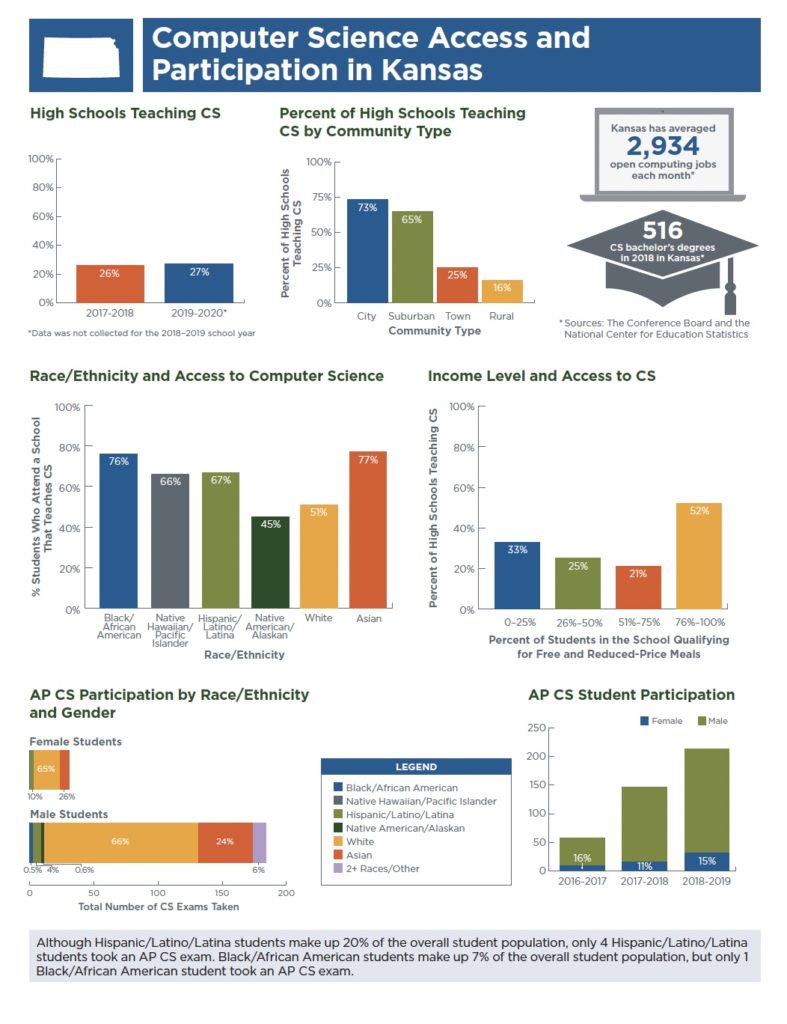More Vouchers in House K-12 Education Budget Committee
The latest voucher proposal to get a hearing in Rep. Kristey Williams’ committee is HB 2119, a bill designed to move as many students out of public schools as quickly as possible. Of course, like HB 2068, the dream of attending a private school will remain a mirage for most people since both HB 2068 and HB 2119 (as well as SB 61) are designed to help private schools recruit as many high achieving, low-income students or gifted athletes out of public school while keeping the at-risk students (those the proponents claim to want to help) out. Fortunately for those students, public schools have never abandoned their efforts to help them.
While HB 2068 is an expansion of the current tuition tax credit/voucher program redesigned to encourage cherry-picking the best students, it is still written to serve only students in poverty. HB 2119, on the other hand, is designed to open private school recruitment efforts to all students. Here’s who is eligible for a voucher under HB 2119: Students who are eligible for free or reduced lunch OR are in an at-risk program OR are performing below grade level in math or reading OR have a high rate of absenteeism OR have been in remote learning for 120 consecutive school hours or 180 school hours in a calendar year OR have spent 240 school hours in a hybrid model. So that looks like it pretty much covers everyone.
Proponents’ testimony came from so-called “think tanks” (Americans for Prosperity, Kansas Policy Institute – both part of the Koch network, ExcelinEd, Ed Choice), as well as a former Wichita school board member, the owner of a Wichita private school, and a parent of children in private schools.
Opponents included organizations (KASB, KNEA, USA/KS, Kansas Association of Retired School Personnel, Kansas Association of Special Education Administrators, and the Kansas State Board of Education); parent groups (Kansas PTA, Game on for Kansas Schools, Olathe Public Education Network, Education First Shawnee Mission); school districts (Shawnee Mission, Auburn-Washburn, Shawnee Heights, Silver Lake, Seaman, Topeka, Blue Valley, Spring Hill, Maize, Goddard, Garden City, Geary County, Olathe, Renwick), other organizations (Mainstream Coalition, Americans United for the Separation of Church and State, National Coalition for Public Education); and a number of individual parents of public school students.
The committee could decided to work the bill and vote to move it to the floor at any time.
At-risk education in the public schools back front and center
There are several bills in the hopper dealing with at-risk education in the public schools this year.
Senate Bill 144 would lift the sunset on high density at-risk weighting in the school finance formula. This weighing is set to sunset in 2022 but SB 144 would make it permanent.
Senate Bill 173 moves the sunset to 2023 and makes a number of other changes dealing with student identification, the identification of effect at-risk programs and provisional at-risk programs (those without a track record of success but might seem to be effective in the eyes of school personnel), and establishes reporting requirements and future studies of effectiveness.
House Bill 2269 changes funding so that free lunch students generate funding in grades K through 3. From grades 4 through 12, funding would be based on proficiency on state assessments in math and language arts. Funding is currently based on the number of students a district has who are eligible for free lunch regardless of grade level.
None of these bills have yet had a hearing.
House Education Committee hears about computer science education
The House Education Committee members had a briefing on Tuesday on the status of computer science education in Kansas. They heard about initiatives taken by the Kansas State Board of Education and Kansas State Department of Education to advance computer sciences. Additionally, they heard an analysis of computer education across the U.S. and specifically in Kansas.
According to the study presented, only 27% of Kansas high schools are teaching computer science with the bulk of those schools in urban (73%) and suburban (65%) areas. Towns (25%) and rural (16%) lag behind. The data also reveal that far fewer female students take the AP computer science exam than males but that participation in the exam has grown significantly over the past three school years. Interestingly, access to computer science instruction is highest for African-American and Asian students and lowest for White and Native-American students. This would likely be accounted for by the fact that more urban schools offer computer science than other schools.



